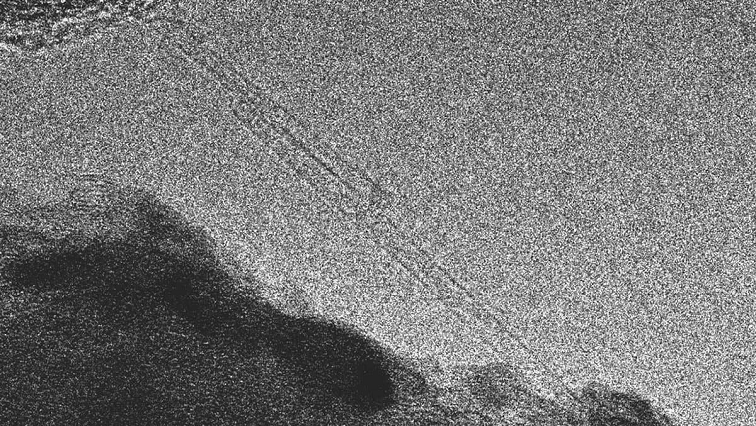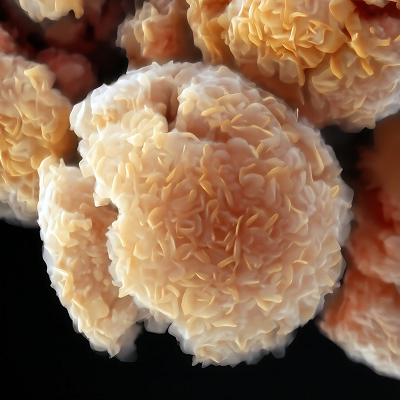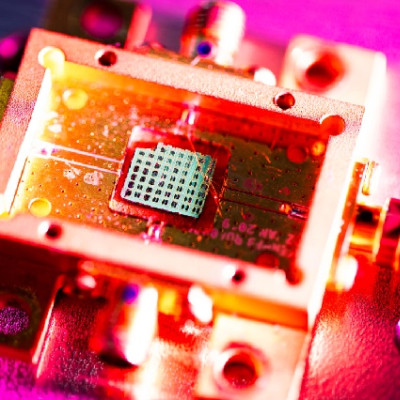The shapes of simple polyatomic molecules such as carbon dioxide and methane are characterized by a specific symmetry depending on the manner of linking of the atoms. Nano- to micrometer-sized particles that mimic the shapes of such polyatomic molecules are referred to as colloidal molecules, which can form soft materials. However, conventionally synthesizing colloidal molecules with such specific symmetry requires a multi-step synthetic process.
Carbon nanotubes (CNTs) are known for their exceptional mechanical strength and have good potential for application as impact-resistant materials and construction supplies in the aerospace industry. For the practical viability, CNT-based materials must achieve a breaking strength of at least 10 GPa, which is equivalent to the strength required to support 10 kg weight using a fiber as thin as a strand of human hair. However, when CNTs are spun into fibers, intermolecular slippage substantially reduces their strength to approximately 1 GPa, posing a challenge.
Researchers at University of Tsukuba investigated the mechanism underlying this slipping phenomenon from experimental and theoretical perspectives. For the first time, they observed the stick‒slip phenomenon—a repetitive transition between static and dynamic friction—occurring between CNT molecules. The results revealed that this phenomenon considerably influences intermolecular slipping. Their findings also demonstrate that electron irradiation enhances the strength of these CNTs by promoting the formation of stronger bonds between molecules, resulting in more robust CNT bundles.
These findings suggest that nitrogen doping combined with electron irradiation is an effective strategy for fabricating high-strength CNT-based materials. This breakthrough is anticipated to pave the way for new impact-resistant materials and lightweight, high-strength structural components, contributing to the production of safer and lighter vehicles and more efficient infrastructure in the future.
Read the original article on University of Tsukuba.







